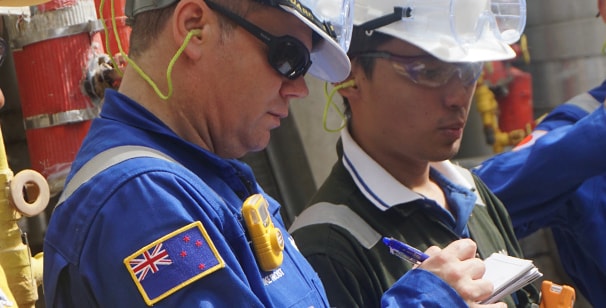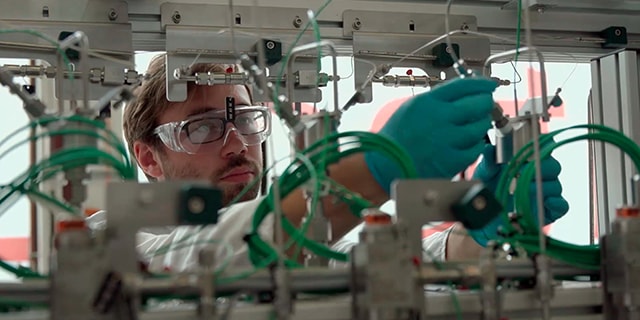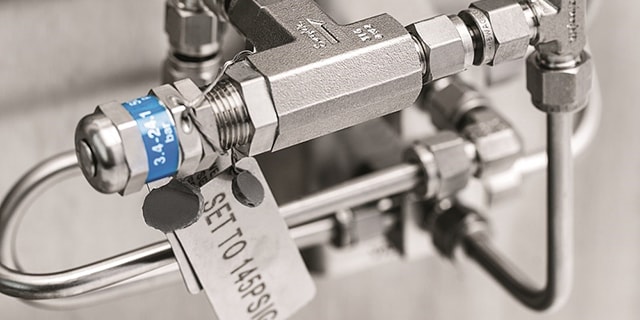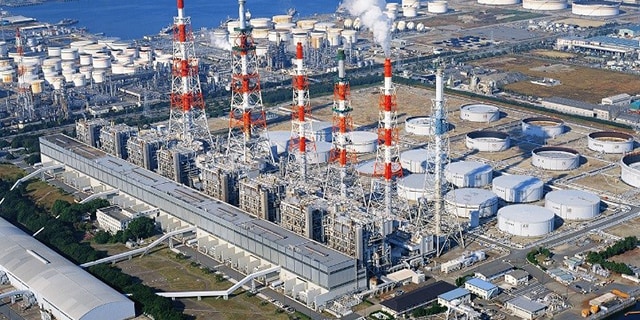Analytical Sampling Systems Q&A with Swagelok

An Analytical Sampling System Q&A with Field Engineering Area Manager, Mike Frost
Analytical sampling is a critical process in numerous industries, including oil and gas extraction, chemical and petrochemical processing, power generation, and more. Mike Frost, regional area manager, field engineering for Swagelok Asia-Pacific, discusses some common challenges associated with analytical sampling in this Q&A.
Swagelok Reference Point (SRP): Thanks for joining us, Mike! Can you tell us a little about yourself and your role at Swagelok?
Mike Frost: Of course. As a field engineering area manager, I provide coaching and leadership for the 34 Swagelok field engineers who provide service in the region. I am also responsible for reviewing engineering reports written by our field engineers to evaluate the performance, safety, and environmental impact of our customers’ analytical and grab sampling systems.
SRP: Analytical sampling can be complex. What are some of the common challenges you see in your territory?
Mike: Most commonly, our customers are experiencing issues like leaks, blockages, contamination issues, or inconsistencies between laboratory and online analysis.
The real challenge, however, is that these specific issues are typically symptoms of underlying, larger system problems. We often find ourselves evaluating analytical sampling systems that have been modified to address these symptoms, but their root cause is never identified or addressed.
SRP: What can happen in those cases?
Mike: Technicians may find themselves conducting more frequent maintenance that wouldn’t be necessary on an optimized system. The control room may lose confidence in the analyzer results and switch to manual control, which is less efficient and impacts the bottom line.
SRP: What are some specific examples of how these types of problems can manifest?
Mike: One big one is sample contamination. Be it liquid contamination in gas samples or solids contamination in liquid samples, it often occurs at the very beginning of the sampling process. The location of the sample takeoff point requires careful consideration. For example, if you’re sampling a process gas, best practice is to use a vertical nozzle on a horizontal process pipe, allowing potential contaminants to fall back into the pipe. Using a probe helps eliminate contaminants because it draws samples from the center of the line, away from pipe wall detritus. Probes can help reduce time delay, too.
SRP: Time delay can be another big challenge for analytical sampling.
Mike: Right. Using probes, the correct line sizing, and eliminating delays in transport lines can make an impact.
SRP: What should operators be considering in transport lines?
Mike: In transport lines we are looking for a few key things. Velocity and flow are related to time delay, pressure drop, and contamination. We also check consistency of heating and temperature, which is related to loss of phase control and the creation of polymers, leading to blockages and can cause sample fractionation.
SRP: What other critical points in the analytical sampling system do you evaluate, and what do you typically find?
Mike: When it comes to stream switching subsystems, we are most concerned that the design eliminates the possibility of cross-stream contamination and minimizes dead legs—another source of time delay in a system. We also consider the components used to build the system in terms of reliability and maintenance requirements.
Then there’s sample conditioning. The sample conditioning system is often the location where those problematic symptoms become visible, so we are searching for signs of sample compatibility issues. We also evaluate time delay due to dead legs and large filter volumes. Contamination can happen here, too, via purging and calibration gas connections.
SRP: What advice do you have for operators who want to optimize their analytical sampling systems?
Mike: Most importantly, look for the root cause of whatever issue or inefficiency you might be seeing. Addressing only the symptoms can potentially introduce new performance issues, causing larger challenges later.
It is also important that anyone who is operating the analytical sampling system is armed with the proper knowledge. Swagelok not only offers evaluation services for sampling systems, but training as well, helping analytical teams around the world more efficiently and reliably obtain representative samples from their systems.
Related Articles

Tackling Practical Performance Issues in Fluid and Sampling Systems
Learn practical tips on how to improve the performance and accuracy of your fluid and sampling systems from Swagelok.

Why Haven’t Sampling Systems Improved — Three Main Reasons
Over the past 50 years, process analyzers have vastly improved— but sampling systems have not. Luckily, most issues are due to human error & can be corrected with proper training. Learn three reasons why sampling systems fail & solutions for your plant.

Refinery Safety Depends on Well-Trained, Empowered Employees
Fugitive emissions of hazardous gases can occur in refineries. Safe, leak-free containment depends on knowledgeable and empowered teams.

